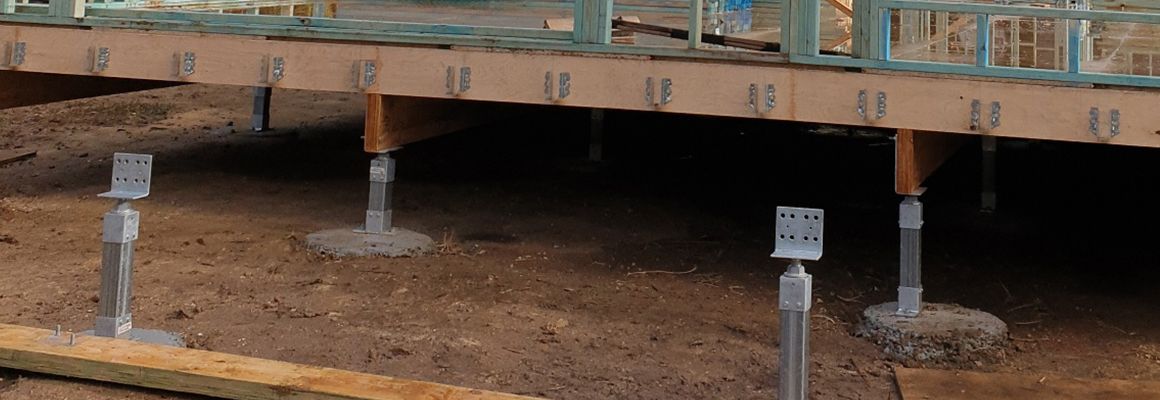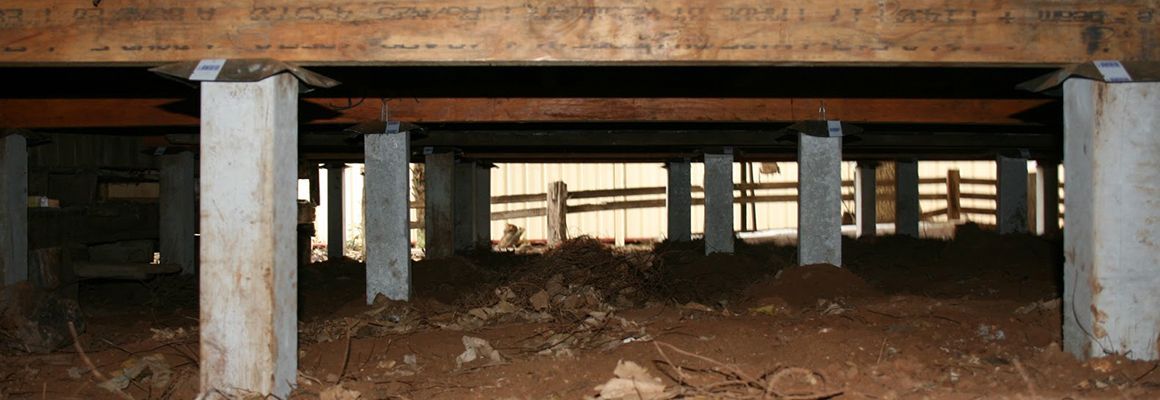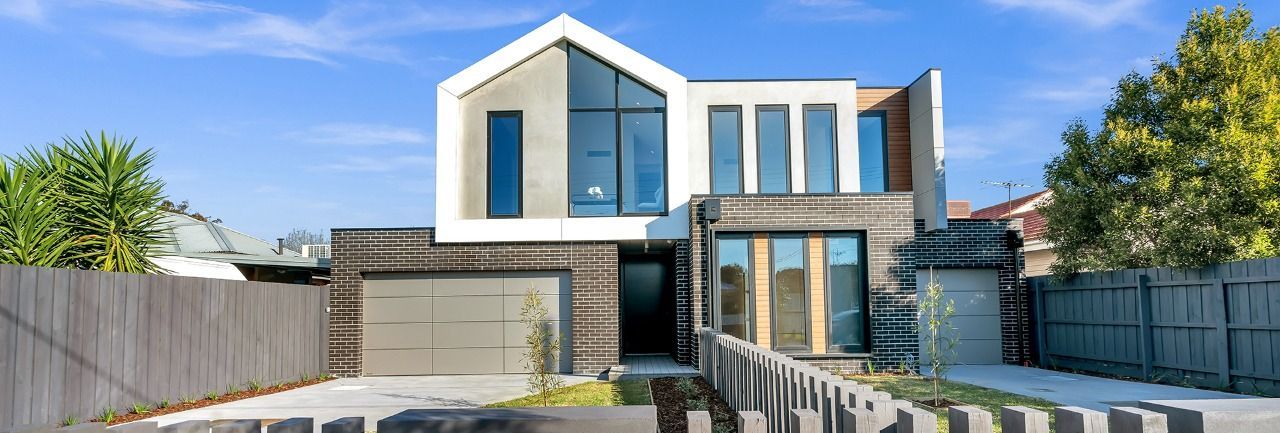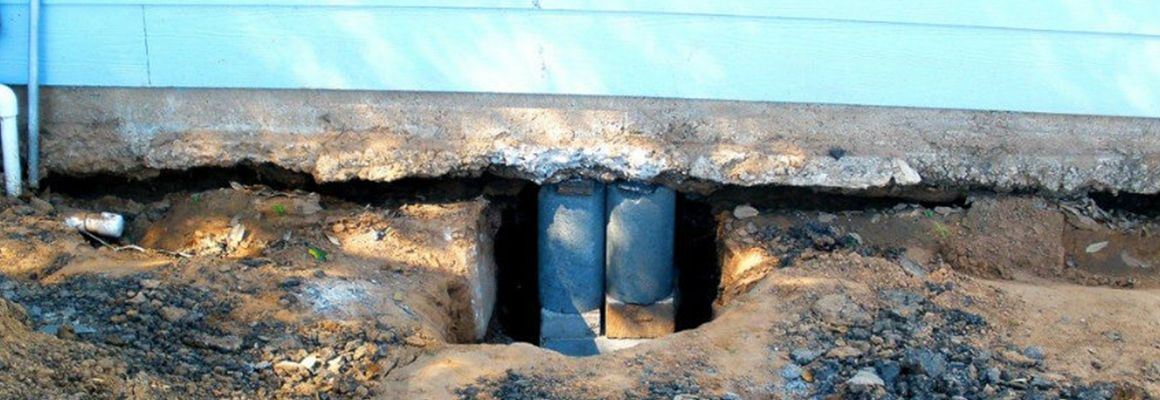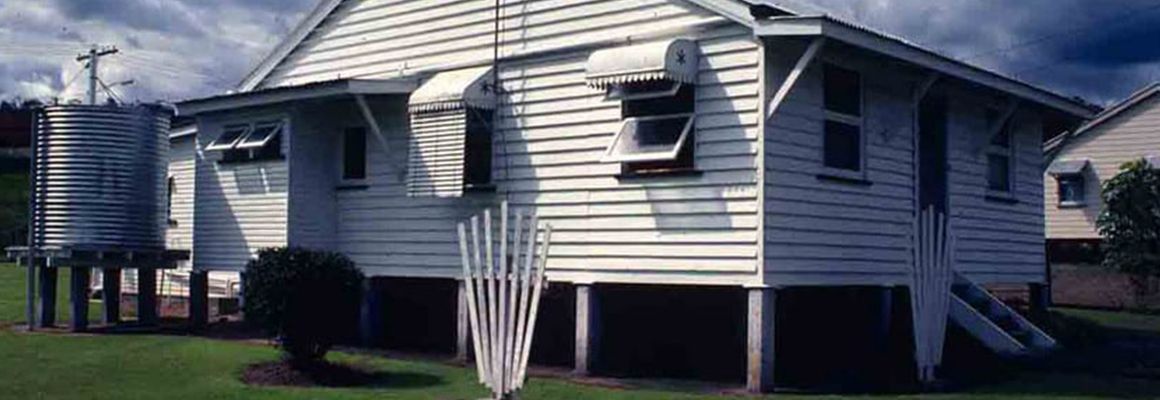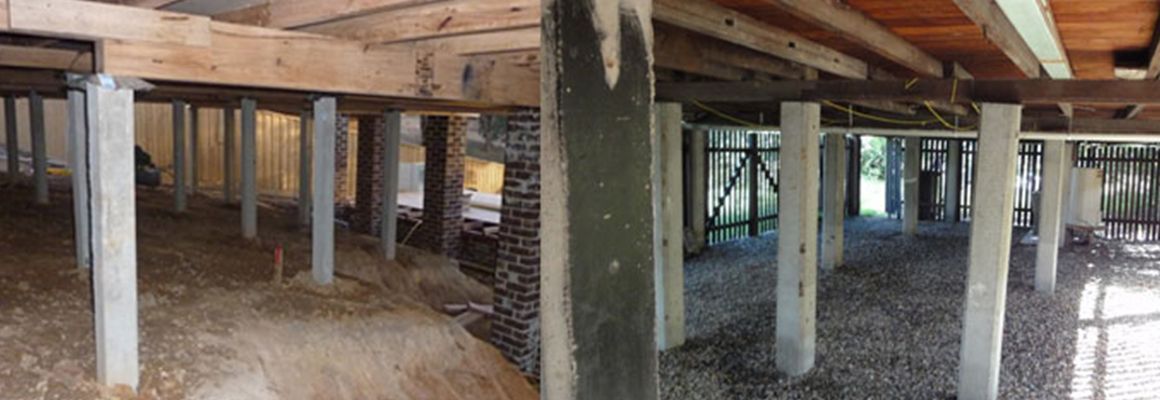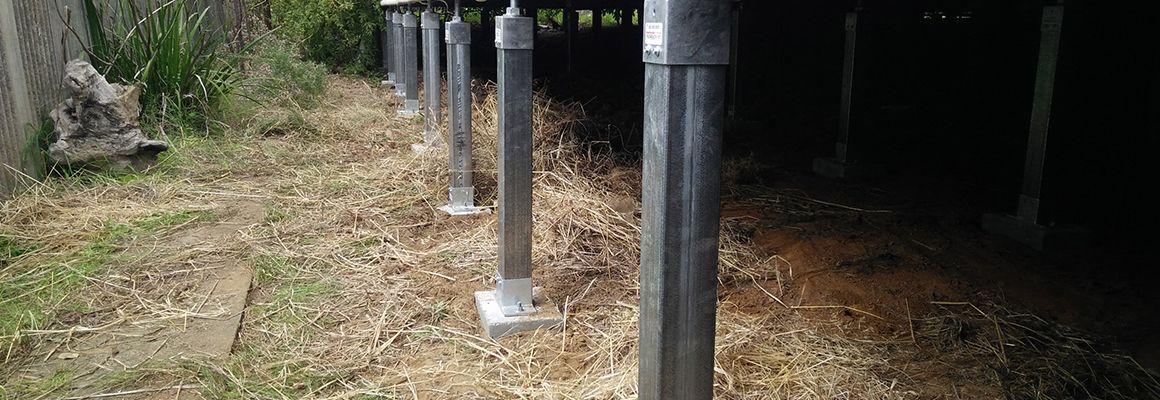Got Cracks in Walls? How to Tell If They Are Serious and How to Deal with Them?
Cracks in the walls of your home can be a concerning sight. While some cracks are merely cosmetic and result from the natural settling of a house, others can be signs of more serious structural issues. It’s essential to be able to distinguish between the two and take appropriate action.
Professional help from Fort Knox Foundations can always help minimize the damage. Also, we provide timely repairs. Most of the cracks in walls have to do with foundation problems. In particular, older buildings will get cracks in walls if the property foundation is faulty, damaged, or weakened.
Read through to find out more:
1: Assess the Severity and Location of Cracks Closely
To determine the severity of wall cracks, it’s essential to understand their type and location. Here are some common types of cracks and what they might indicate:
- Hairline Cracks – Hairline cracks are tiny and superficial, usually less than 1/16 inch wide. They often result from natural settling and are generally not a cause for concern. However, they should still be monitored for any changes. Make sure to measure every crack.
- Vertical Cracks – Vertical cracks are often seen in houses and are typically less concerning than horizontal or diagonal cracks. They can result from settling and are often straightforward to repair.
- Diagonal Cracks – Diagonal cracks can be more concerning, as they can indicate structural movement. If you notice diagonal cracks wider than 1/8 inch, especially near corners or windows, it’s crucial to assess them further.
- Horizontal Cracks – Horizontal cracks, particularly those wider than 1/8 inch, can be a sign of serious structural issues. They can result from foundation problems, and prompt evaluation and repair are necessary.
- Stair-Step Cracks – Stair-step cracks resemble a series of diagonal lines and are often associated with masonry walls. These can indicate settling or foundation problems, depending on their location and width.
2: Closely Monitor Cracks Progression
One way to determine the seriousness of wall cracks is to monitor their progression over time. Take note of any changes in the size, width, or length of the cracks. If cracks are growing wider, and longer, or new cracks are appearing, it may indicate ongoing structural issues.
3: Inspect the Area Surrounding the Cracks
Inspect the area surrounding the cracks. Look for signs such as:
- Uneven floors.
- Doors or windows that no longer close properly.
- Cracks in the ceiling, especially if they align with wall cracks.
- Cracks in the foundation or basement walls.
These additional signs can help you understand whether the issue is localized or part of a broader structural problem.
If you’re unsure about the seriousness of wall cracks or if you suspect structural issues, it’s best to seek a professional evaluation. A structural engineer or a qualified contractor can assess the cracks and provide an expert opinion on the extent of the problem. Fort Knox offers professional evaluations for properties of all types and sizes. Make sure to give us a call and find out more about the nature of wall cracks.
How to Deal with Cracks in Walls?
If your assessment or professional evaluation reveals that the wall cracks are indeed serious and linked to structural problems, taking action is crucial. Underlying problems with the property foundation may be causing the issue. Here are the steps to address serious wall cracks, including the role of foundation restumping:
Foundation Restumping
Foundation restumping is a process that involves replacing the existing stumps (support posts) beneath a house with new, sturdy ones. This procedure is typically used when the existing stumps are deteriorating, rotting, or no longer providing adequate support to the structure.
The role of foundation restumping in dealing with serious wall cracks is vital. Cracks that are a result of foundation issues, such as subsidence or settlement, can be addressed through restumping. Here’s how it works:
- Stump Inspection: A professional will assess the condition of the existing stumps. If they are found to be damaged or compromised, replacement is necessary.
- Stump Replacement: The damaged stumps are replaced with new ones made from durable, termite-resistant materials. This not only stabilizes the foundation but also prevents future issues related to the stumps. Fort Knox Foundations uses concrete or solid steel stumps to replace the faulty damaged ones in your property.
- Leveling and Alignment: As part of the restumping process, the house is raised and leveled to ensure that it is supported evenly by the new stumps. This can help correct issues like uneven floors and wall cracks.
Additional Repairs
In addition to foundation restumping, addressing serious wall cracks may involve other repair work, such as:
- Crack Repair: Cracks in the walls will need to be professionally repaired. Depending on the severity and location of the cracks, this can involve filling and sealing with appropriate materials to prevent further damage.
- Realigning Walls: In extreme cases where structural movement has occurred, walls may need to be realigned to their original positions. This can be a complex process that requires professional expertise.
Regular Maintenance to Avoid Cracks from Appearing
Once the necessary repairs have been completed, it’s crucial to take preventative measures to avoid a recurrence of the issues. This may include:
- Regular Maintenance: Implement a routine maintenance plan for your property, which may include periodic inspections, cleaning, and minor repairs. These should include foundation checkups and repairs if required.
- Proper Drainage: Ensure that your property has effective drainage systems in place to manage water runoff and prevent water-related issues that can affect the foundation.
- Soil Management: If your property is on soil known for movement, consider soil management measures like installing piers or retaining walls to provide additional support and stability.
Serious wall cracks are not an issue to be ignored. Early intervention is key to preventing further structural damage and maintaining the safety and integrity of your home. Regular inspections and addressing any potential issues promptly can save you time, money, and stress in the long run. Keep the foundation of your property maintained with partial restumping to prolong the life.
Final Words
In conclusion, understanding the seriousness of wall cracks in your home is essential for maintaining its structural integrity. Pay attention to cracks and evaluate the reason behind them. When wall cracks appear due to bad foundation stumps, Fort Knox Foundations can provide the perfect solutions. Our foundation restumping contractors will replace the broken, damaged, or weakened stumps with new stronger materials like steel and concrete to restore foundation strength. Properly balanced and strengthened property foundation will keep wall cracks away for longer.
Ready to work with Fort Knox Foundations?
Let's connect! We’re here to help.
Send us a message and we’ll be in touch.
Or give us a call today at 0402-441-447
Agency Contact Form
More Marketing Tips, Tricks & Tools

